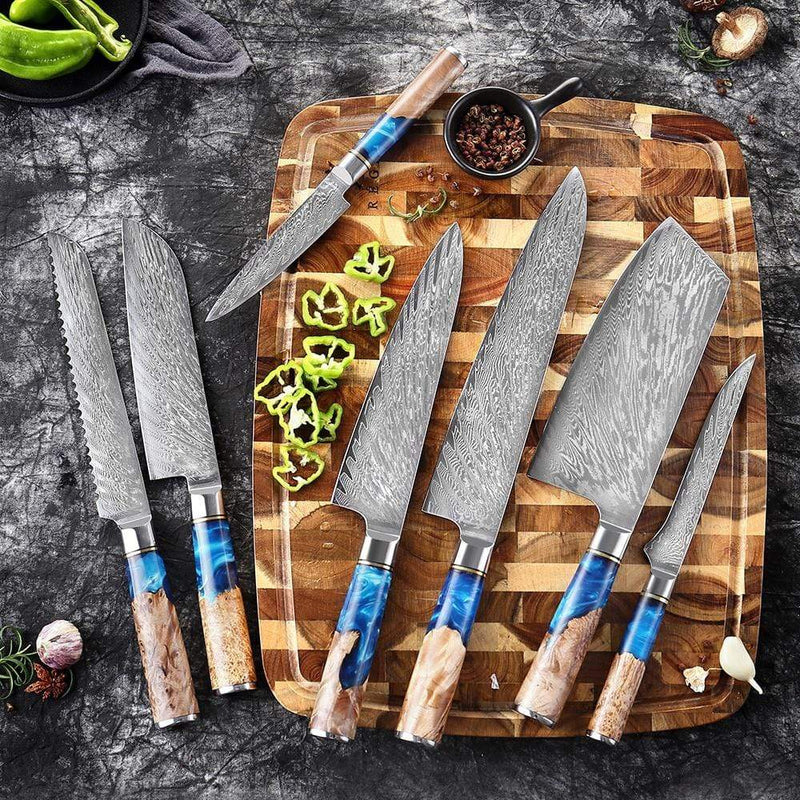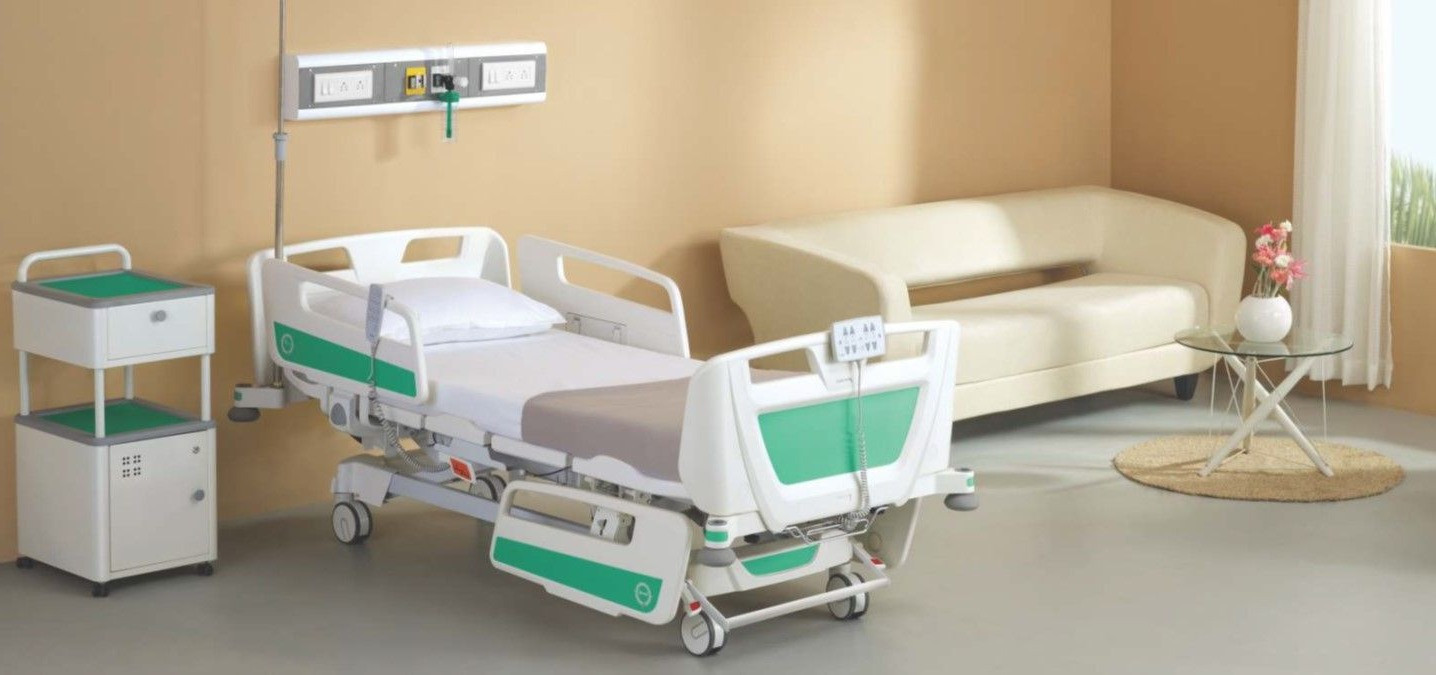Buying a kitchen knife set is a personal decision. Different people with different hand sizes and cutting techniques will prefer different kitchen knives. Selecting the perfect one that is perfect for you is quintessential. These are sharp blades and you will be dealing with them quite often. Everything from the handle quality and size to the type of metal needs to meet your requirements.
Also, professional chefs and home cooks will have different preferences for kitchen knife sets. Ideally, using the right knife for the right cutting or chopping job at hand is the best practice. Also, getting your knife skills right is the best way to safety as well. Also, contrary to popular belief, sharper knives are actually safer to use requiring much less effort. Here are some tips to buy the right kitchen knife set:
Getting the Basics Right
It all starts with getting the basics right. The essentials of any kitchen knife include the usage requirements. At a bare minimum level, home cooks just need two types of knives. These would be a chef’s knife and a bread knife.
The chef’s knife will do most of the cutting. What it doesn’t cut nicely is crusty bread. For that, you will need a special bread knife. These two make quite a capable kitchen knife set for many.
However, more frequent users in professional kitchens or households with many family members will require more than two knives in the set.
Difference Between Types of Metals
Steel knives are the most popular when it comes to kitchen cutlery. However, there are different types of steel used in knife making as well. Also, not all steel is the same in terms of strength, rigidity/flex, rust resistance, and more.
Most kitchen knives will have a combination of stainless steel and carbon steel. Quantities will vary for both compounds. Stainless steel will offer greater rust resistance and longevity. Carbon steel edges are generally better than stainless steel.
Ideally, a kitchen knife with a higher carbon steel composition works best. It should also have stainless steel mixed in as well.
Is It Forged or Stamped?
Forged knives are usually more expensive. This is for a reason as well. These are made from a single piece of molten steel that is cut and beaten to provide the required shape. Forged steel knife blades are sturdy with a heavy bolster. Also, the bolster is a flared piece of metal at the point where the handle meets the blade. This is to protect the hand during cutting.
Stamped knives are usually known to provide more flex and bend. These are made with a cookie-cutter-type machine and are known for their uniform thickness throughout. Only the cutting edge differs in thickness and is of course finer. Also, stamped knives are generally cheaper and considered less capable. They usually do not have a bolster and heel as well.
Handle Grip, Size, and Feel
Another very important factor is the handle itself. The size of the handle, its grippiness, and the feel in the hand are all very important factors. You have to keep in mind the fact that your physical contact will be only with the handle.
Typically, a chef’s knife has around 4-5 inches of handle length. Its girth is very important as well. Gripping the handle of your knife shouldn’t put any strain on the hand at all.
Also, the material of your knife’s handle plays a vital role. Many kitchen knives come with leather handles or wooden handles. These are both great materials for a better grip. Also, more expensive knives may have exotic handle materials like stag horn or others.
Considering Fixed Blade Kitchen Knives
One of the most durable types of knives generally is the fixed blade one. With a fixed-blade knife, there will be a single piece of metal. The handle will be fitted on the metal instead of the blade being fitted in or on the handle. This gives fixed-blade knives much more strength and durability.
However, fixed-blade knives are usually more expensive. For home cooks, such detail and investment might not be required.
Also, professional chefs should really look into fixed-blade kitchen knives. From lasting long to providing better applications, these types of knives will offer much greater benefits.
Considering the Size of Your Kitchen Knives
Different people have different hand sizes. Also, cutting styles are different. Kitchen knives are available in a range of sizes. Previous experience should tell you about the right size preference. The size of your kitchen knives goes further than only the blade length.
Consider the overall length of the knife including its handle. Outdoor knives like Bowie knives for sale are typically much larger than kitchen knives. A chef’s knife is usually 7-8 inches in length and around 1.5 inches in width.
Bread knives will typically be longer and not that wide as well. These will have thinner blades as well. Consider the length, width, and weight of the knife to suit your preferences.
Price Considerations
For many people, pricing will be the top consideration. When buying a kitchen knife set, make sure to compare prices for similar knives. Whether you are going for stamped knives or forged ones, there will be good deals available on both.
However, we would recommend staying away from overly cheap ones. The quality of steel can be compromised and handle materials can be sub-par on cheaper knives.
Average-priced knives are usually the best ones. Make sure to have a look at a few different options before spending the money.
Bottom Line
Kitchen knife sets are a vital part of any chef or cook’s arsenal. The size of the knife you are using goes a long way. Also, factors like the composition of the steel and handle materials are very important as well. You need knives that you can grab easily without hand fatigue. Keep all these abovementioned factors in mind to make your kitchen knife buying decision a good one. This will help you in the long term.





